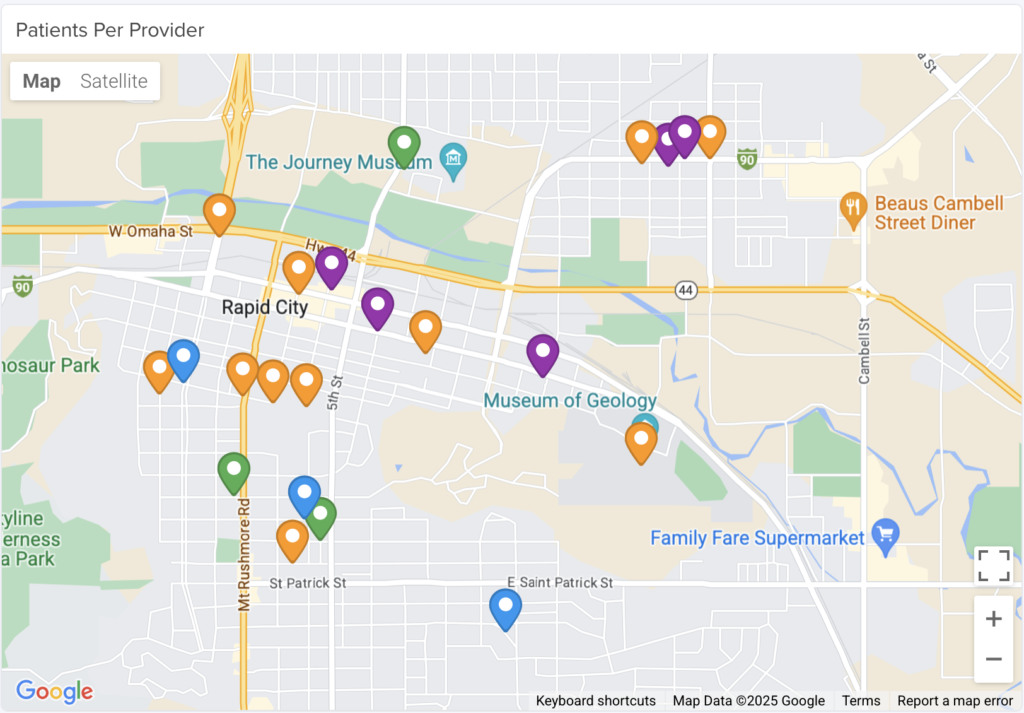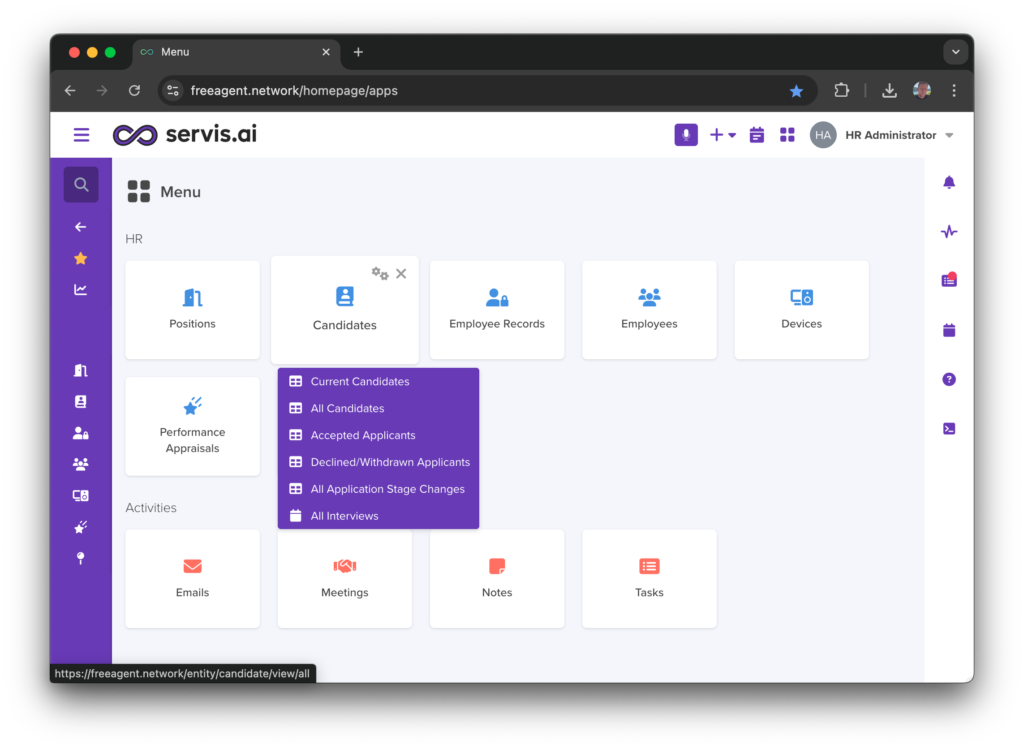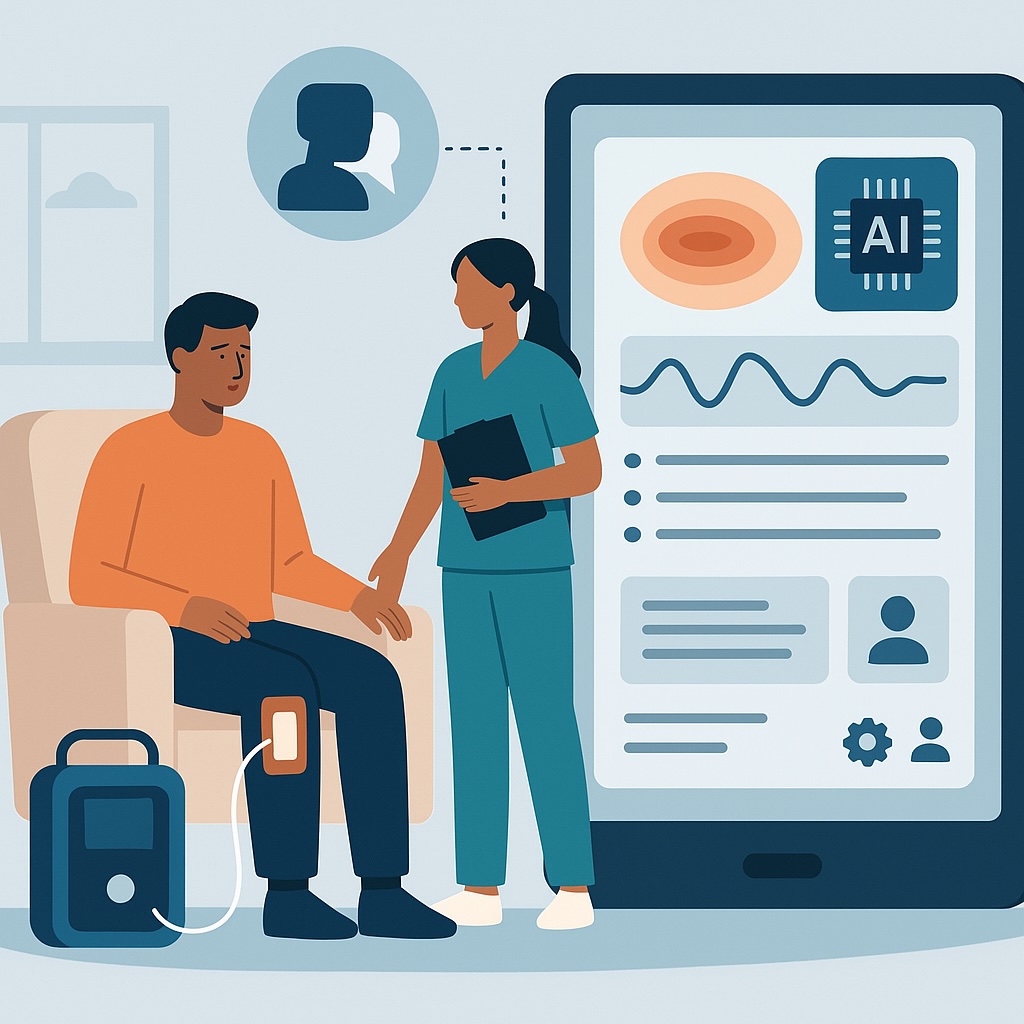How Mobile Healthcare + Business Operations Management are Transforming Care in Different Clinical Areas, including Wound Care
Introduction
As mobile healthcare advances, the ability to administer care in home environments has rapidly become a mainstream reality. This approach offers numerous benefits, from patient comfort to improved safety and outcome, yet requires robust systems to manage the logistics, staffing, and patient relationships involved. Platforms like servis.ai are empowering healthcare providers by seamlessly managing these operational aspects, enabling them to provide more effective, patient-centered care outside hospital walls.
For example, hospitals have been the primary setting for treating serious wounds, from chronic ulcers to post-surgical recovery. However, a significant shift is underway—one that is redefining how and where advanced wound care is delivered. Technological innovations, coupled with a rising demand for cost-effective care and better patient outcomes, are driving a transition from hospital-based treatment to high-quality, in-home care.
The Rise of Home-Based Wound Care
Home-based care is emerging as a viable and often preferable alternative for managing complex wounds. And it’s easy to understand why:
- Improved Patient Outcomes: Research indicates that patients recovering in familiar home environments experience lower stress levels, better adherence to treatment, and reduced risk of hospital-acquired infections.
- Cost Savings for Patients and Providers: Treating wounds at home significantly reduces overhead costs associated with inpatient care, offering a more sustainable approach for both healthcare providers and insurers.
- Advancements in Mobile Healthcare: From telemedicine consultations to AI-assisted wound monitoring, technology is making it easier to deliver high-quality care outside of traditional hospital settings.
Key Drivers
Several factors are accelerating the adoption of home-based wound care:
- Portable Medical Technology: Devices that were once confined to hospitals—such as negative pressure wound therapy (NPWT) systems—are now designed for in-home use, making advanced care more accessible.
- Skilled Home-Based Nursing Professionals: Specialized nurses equipped with mobile tools and digital record-keeping systems can provide expert wound care in patients’ homes, ensuring continuity of treatment.
- AI and Remote Monitoring: AI-powered solutions are helping to assess wound healing progress through images and patient data, enabling early intervention and reducing the need for frequent in-person visits.
- Changing Insurance and Reimbursement Models: As insurers recognize the cost benefits of home care, reimbursement policies are adapting to support this shift, making it more financially viable for healthcare organizations.
The Need for Better Operational Platforms
The demand for more in-home care options, including for wound management, requires new operational platforms for healthcare organizations: ones that are “mobile-ready,” and focus on the unique problems managing a mobile workforce entails. These systems, such as the one from servis.ai, empower healthcare providers to streamline clinical workflows, enhance patient engagement, and optimize administrative efficiency – and recognize the mobile-first nature of these healthcare businesses. Below are key factors contributing to this evolution and the role technology plays in shaping the future of healthcare.
- Technological and Operational Advances: The convergence of mobile healthcare devices and operational platforms like servis.ai has created a comprehensive solution that supports both clinical and administrative needs.
- Integrated Patient-Centered Care: By merging patient data from EHRs with servis.ai’s patient relationship management (PRM) tools, healthcare providers can manage treatment schedules, follow-up care, and personalized patient outreach, ensuring each patient receives consistent, high-quality care.
- Referring Provider Relationship Management: Systems like servis.ai can go beyond patient relationship management & also help optimize and boost an organization’s referral provider network.
- Demand for Home-Based Services: As patient preferences shift towards home-based care, organizations need solutions that offer flexibility, efficient scheduling, and seamless coordination among medical and support staff.
Benefits of At-Home Care Supported by Integrated Platforms
- Enhanced Patient Experience: In addition to emotional and psychological benefits, home-based care is supported by servis.ai’s PRM capabilities, allowing providers to monitor patient satisfaction, track communication histories, and maintain detailed records that help caregivers personalize their approach. This augments the medical records kept in an in-home healthcare provider’s EHR system.

- Efficient Resource Management: Home-based treatment reduces hospital-acquired infection risks and is made safer and more efficient by servis.ai’s inventory management, which ensures that portable medical devices, wound care supplies, and medications are available and tracked in real-time, avoiding any disruptions in patient care.

- HR Operations Support: Managing a distributed workforce of skilled nursing professionals requires robust HR support. Servis.ai’s HR and recruitment management features facilitate the hiring, credential tracking, and deployment of specialized nurses, ensuring providers have the right talent where they need it most.

Conclusion
Complex healthcare treatment will continue to gravitate to in-home care wherever the technology can support it. Better patient comfort and better patient outcomes, combined with lower costs for all, are the simple reasons why. New systems are required to support organizations that pursue providing in-home care – and organizations that adopt it will grow quickly to serve this ever-increasing demand.



One Response
Great insights, thanks for sharing!
Health CRM Ai